
Among the most frequent issues homeowners encounter with hardwood floor installation are hollow spots. These spots are often discovered when owners hear the floor creak or make other unpleasant sounds under pressure. They are something of a gremlin in that while they are ugly and tend to pop up often, getting rid of them is simple most of the time
What causes hollow spots?
More often than not the issue lies with improper installation. Prior to the task, it’s important that the installer have full knowledge of the jobsite conditions so that necessary adjustments for the flooring material can be made. In the case of hollow spots, the subflooring’s flatness may not have been in accordance with NWFA (National Wood Floor Association) standards. The manufacturer will also have standards for subfloor flatness. Shown below is what normally constitutes as acceptable by both parties:
For concrete slabs, the flatness tolerance is typically 1/8″in a 6 -foot radius and or 3/16″ in a 10 -foot radius.
For wooden subfloors things get a little more complicated. Typical specifications for flatness go as follows:
- Mechanical fasteners of 1 and a half inches or longer require a flatness within one quarter inch in 10 feet or 3/16” in a 6 foot radius
- Glue-down installations or mechanical fasteners less than 1 and a half inches require a flatness within 3/16” in 10 feet or 1/8” in a 6 foot radius.
Wood floors installed over a subfloor that isn’t flat will not always maintain contact with that subfloor throughout the entire room. This will result in hollow spaces beneath the planks. High spots on concrete slabs can usually be removed by grinding, whereas patching compounds often work well to even out depressions. Leveling compounds can also be used on wood subfloors, though this will first require a metal reinforcing lap to be bound to the floor with a self-level primer.
Thicker, wider planks of wood will have a more difficult time conforming to variances in the subfloor; thus, flatness becomes even more important when the installer is working with these. Boards thicker than half an inch or wider than 5 inches always require extra special attention with the leveling gauge.
Hollow spots can also be caused by an incorrect measurement of adhesive, or negligence with keeping the planks in contact with the adhesive while it is drying. Should the plank “pop up” while the glue is still wet, the result is a hollow spot. Applying weight on these areas during curing is the easiest way to head such problems off at the pass.

NWFA guidelines for wood floor installation are among the most trusted
Using the right flooring trowel with the right adhesive is like having the right players in the right positions to win the big game. It’s important, and your installer should be quite familiar with manufacturer recommendations. Improper adhesive application will almost always result in insufficient bonding strength.
Hollow spot repair
Sometimes hollow spots can only be repaired by removing an entire section of the floor. More often, however, the issue can be treated by using a simple injection repair kit. These kits “spot treat” hollow areas by injecting additional glue under the plank that will close the gap and silence the noise. Also, some pressure sensitive adhesives are developed to remain tacky for the lifetime of the floor, enabling owners to rectify hollow space problems at any time through application of pressure.
Hollow spots are normally considered a minor issue that can be fixed in a matter of minutes. We must also note that unless the issue is accompanied by movement of the floor, it shall not by NWFA regulation deem that floor as unacceptable. Having said that, it isn’t wise to leave them be, as the plank could begin to move over time and do itself damage. A bit of money spent now saves a lot in the long run. Save creaking floors for the scary movies, and silence those hollow spots.
Watch related video here.

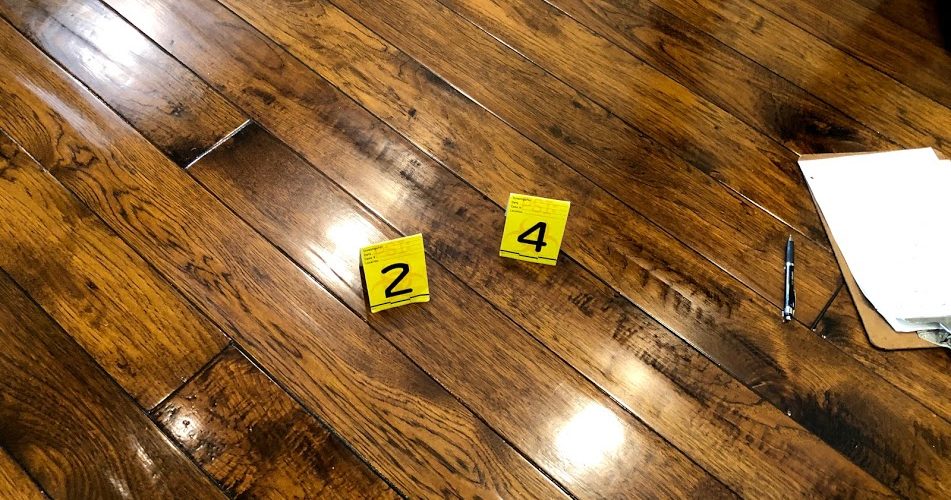

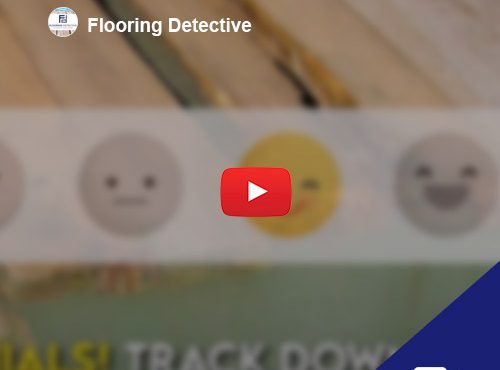
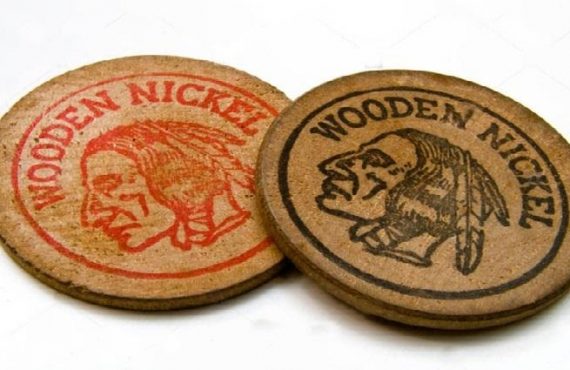
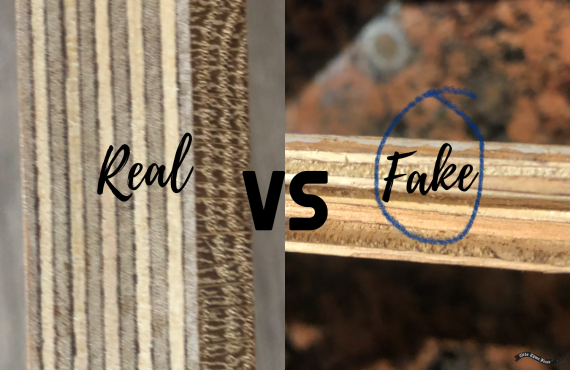


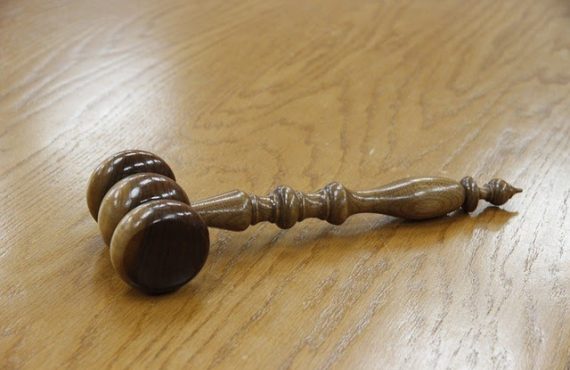


No comments yet.